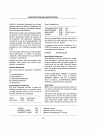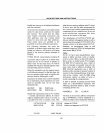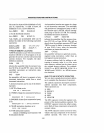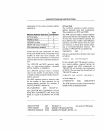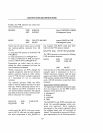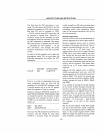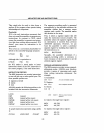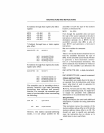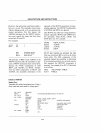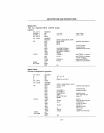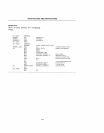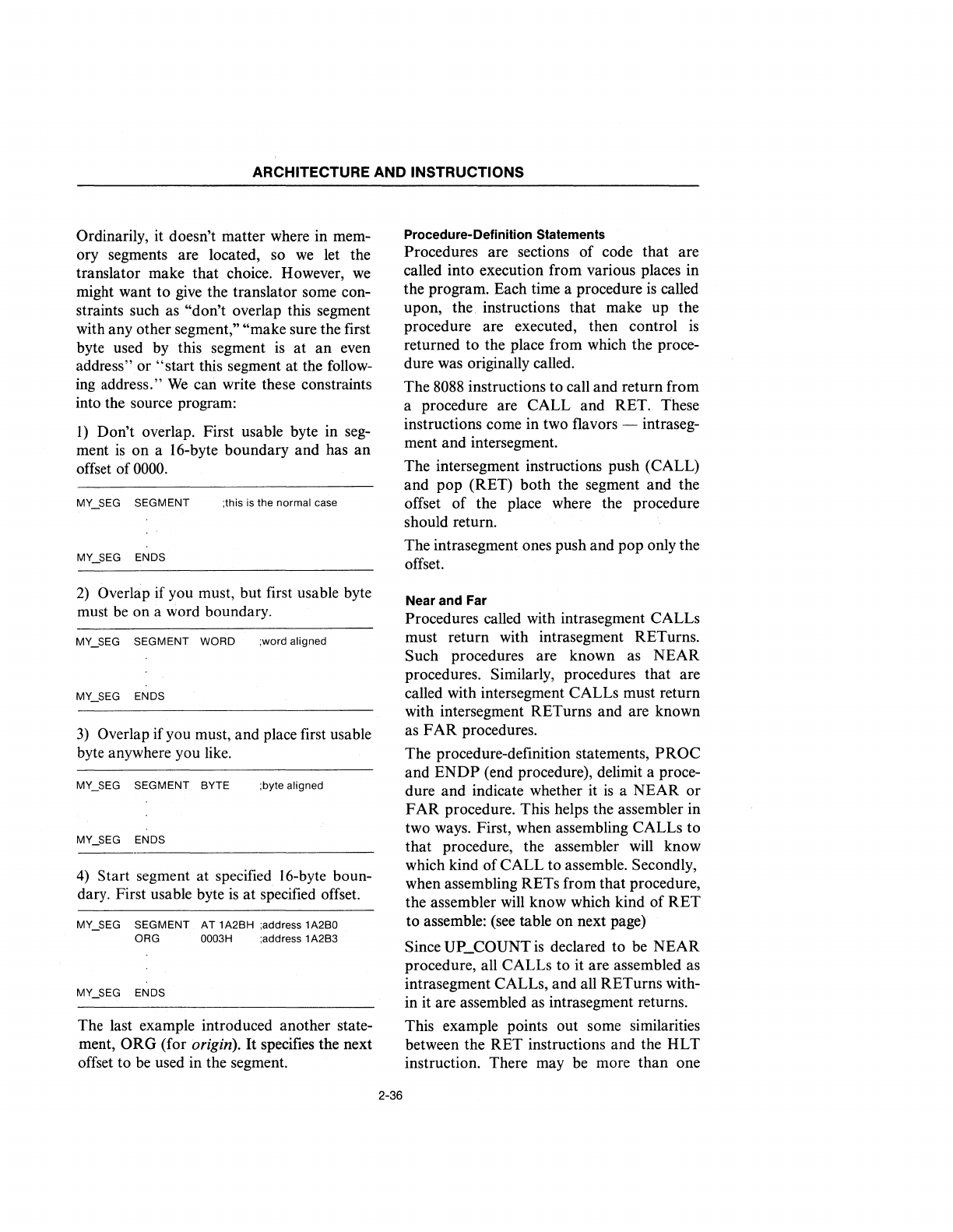
ARCHITECTURE AND INSTRUCTIONS
Ordinarily, it doesn't matter where in mem-
ory segments are located,
so
we
let the
translator make that choice. However,
we
might want to give the translator some con-
straints such as
"don't overlap this segment
with any other
segment," "make sure the first
byte used by this segment
is
at an even
address" or "start this segment at the
follow-
ing
address."
We
can write these constraints
into the source program:
1)
Don't overlap. First usable byte in seg-
ment
is
on a 16-byte boundary and has an
offset of
0000.
MY_SEG SEGMENT
;this is the normal case
2)
Overlap if you must, but first usable byte
must be on a word boundary.
MY_SEG SEGMENT WORD ;word aligned
3)
Overlap if you must, and place first usable
byte anywhere you like.
MY_SEG SEGMENT BYTE ;byte aligned
4)
Start segment at specified l6-byte boun-
dary. First usable byte
is
at specified offset.
MY_SEG SEGMENT AT 1A2BH ;address
1A2BO
ORG 0003H ;address 1A2B3
The last example introduced another state-
ment,
ORG
(for origin).
It
specifies the next
offset to be used in the segment.
2-36
Procedure-Definition Statements
Procedures are sections
of
code that are
called into execution from various places in
the program. Each time a procedure
is
called
upon, the. instructions that make up the
procedure are executed, then control
is
returned to the place from which the proce-
dure was originally called.
The
8088
instructions to call and return from
a procedure are CALL and RET.
These
instructions come in two flavors - intraseg-
ment and intersegment.
The intersegment instructions push (CALL)
and pop (RET) both the segment and the
offset
of
the place where the procedure
should return.
The intrasegment ones push and pop only the
offset.
Near and Far
Procedures called with intrasegment CALLs
must return with intrasegment RETurns.
Such procedures are known as NEAR
procedures. Similarly, procedures that are
called with intersegment CALLs must return
with intersegment RETurns and are known
as
FAR
procedures.
The procedure-definition statements,
PROC
and
ENDP
(end procedure), delimit a proce-
dure and indicate whether it
is
a NEAR or
FAR
procedure. This helps the assembler in
two ways. First, when assembling CALLs to
that procedure, the assembler will know
which kind of CALL to assemble. Secondly,
when assembling RETs from that procedure,
the assembler will know which kind of
RET
to assemble:
(see
table on next page)
Since
UP_COUNT
is
declared to be NEAR
procedure, all CALLs to it are assembled as
intrasegment CALLs, and all RETurns with-
in it are assembled as intrasegment returns.
This example points out some similarities
between the RET instructions and the
HL
T
instruction. There may be more than one



